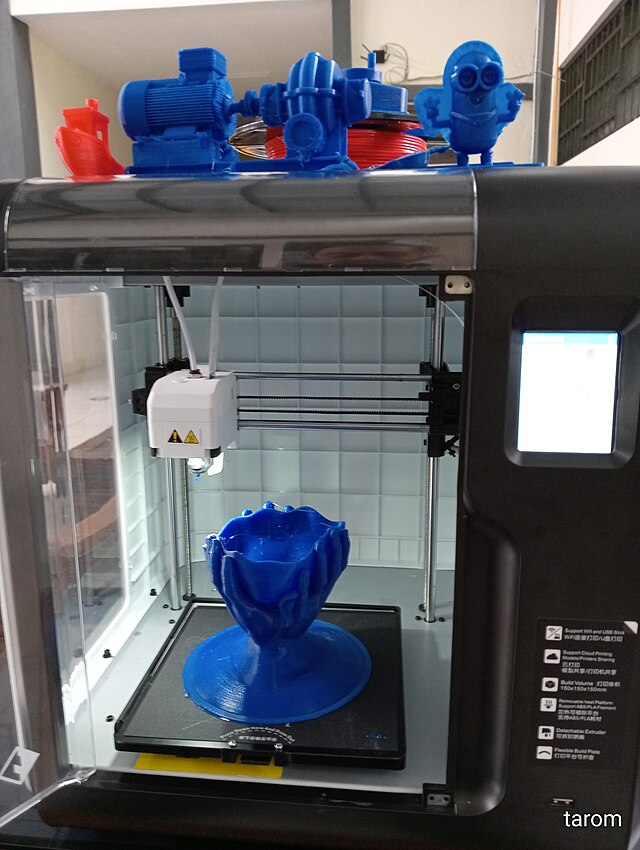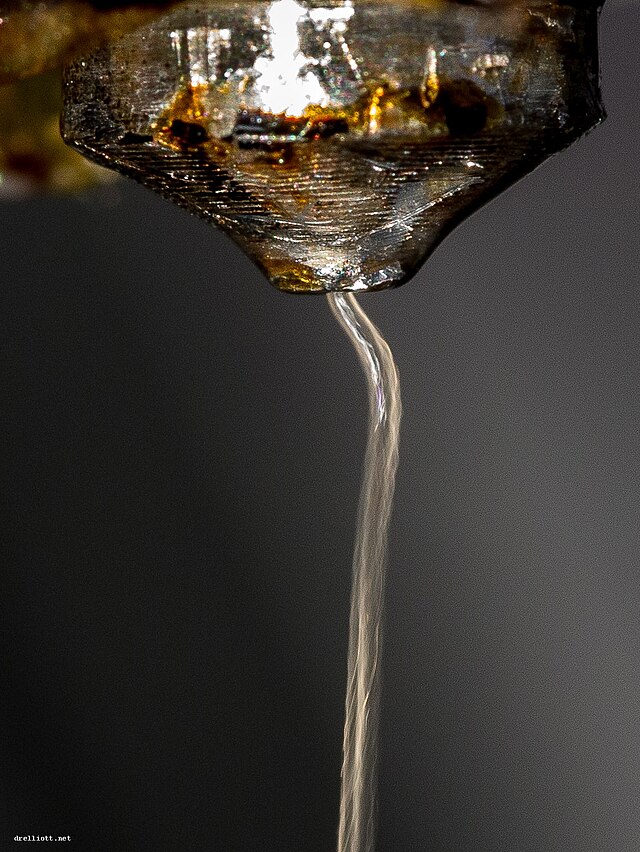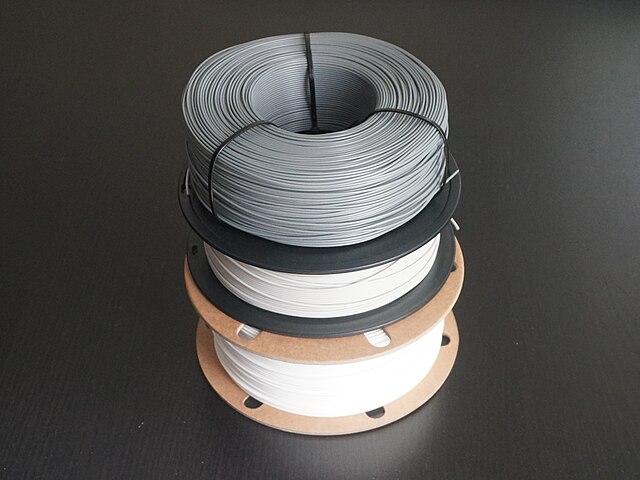Choosing the right 3D printing filament can be the difference between a successful, clean print and a warped, cracked mess. While there are dozens of materials out there, three stand out as the most popular and accessible for most desktop 3D printers: PLA, ABS, and PETG.
Each filament has its own pros, cons, quirks, and ideal use cases. Let’s break it all down so you can make the right decision for your next project.
PLA – Polylactic Acid
PLA is the easiest material to print with, making it the go-to for beginners and quick prototypes. It’s derived from renewable sources like corn starch, making it biodegradable and one of the most environmentally friendly 3D printing materials.

PLA prints at a relatively low temperature (typically 190–220°C) and doesn’t require a heated bed — though having one set to 50–60°C improves adhesion and reduces warping. It also doesn’t need an enclosure since it doesn’t emit strong fumes or warp easily.
You get sharp details and a glossy surface finish right out of the printer. It’s also available in a wide range of colors, including multicolor and silk finishes. That’s why it’s often used in visual or decorative models.
However, PLA has low heat resistance and tends to become brittle over time. It can deform if left in a hot car or direct sunlight. It also lacks the impact strength needed for mechanical parts.
It’s great for rapid prototyping, cosplay props, figurines, desk toys, or educational models — basically anything that doesn’t get exposed to high heat or heavy stress.
👉 Best use: prototyping, figures, keychains, basic tools, low-stress parts.
👉 Avoid for: anything exposed to heat, sun, or mechanical stress.
👉 Recommended: Overture PLA+ filament
ABS – Acrylonitrile Butadiene Styrene
ABS is stronger and more durable than PLA, and it can handle higher temperatures — that’s why it’s used in things like LEGO bricks and automotive parts. But printing it is much trickier.
It requires higher printing temperatures (230–260°C) and a heated bed (90–110°C). Without an enclosure, ABS prints tend to warp, crack, or delaminate due to temperature fluctuations. It also gives off nasty fumes, so ventilation is a must.
When printed correctly, ABS offers great strength, shock resistance, and post-processing flexibility. You can sand it, drill it, even smooth it with acetone vapor for a glossy finish. It’s ideal for functional parts, enclosures, tools, and anything that needs to survive rough use or high temperatures.
ABS is also one of the few filaments suitable for automotive and engineering parts. Its ability to withstand mechanical loads and high temps makes it great for brackets, housings, mounts, and structural components — assuming you can get a good print.
It is more sensitive to drafts and ambient conditions, so a stable environment is key. ABS is also more prone to shrinkage, which can cause dimensional inaccuracies in larger parts if not accounted for.
👉 Best use: mechanical parts, automotive bits, high-temp or outdoor applications.
👉 Avoid for: poorly ventilated spaces, printers without enclosure or heated beds.
👉 Recommended: Hatchbox ABS Filament + 3D Printer Enclosure with LED Lighting
PETG – Polyethylene Terephthalate Glycol
PETG is the best of both worlds. It’s more durable and heat-resistant than PLA, but easier to print than ABS. It’s also food-safe (depending on brand and handling) and highly resistant to water and chemicals.
It prints at 220–250°C with a heated bed at 70–90°C. While it doesn’t need a full enclosure, draft protection helps reduce stringing and warping. Bed adhesion can be tricky, so use glue stick or PEI sheets to avoid stuck or torn prints.
PETG combines strength with just a little flexibility, making it resistant to cracking under stress. It’s ideal for prints that need to bend slightly without snapping. PETG also performs well in outdoor environments and won’t degrade under UV as quickly as PLA.
However, it tends to string more than other filaments, which requires slicer tuning (especially retraction settings). And since it’s sticky when hot, it can drag along excess filament if your nozzle isn’t properly calibrated.
It’s perfect for functional parts, storage boxes, protective cases, water bottle holders, or parts exposed to moisture or sunlight.
👉 Best use: enclosures, brackets, protective cases, water-resistant items.
👉 Avoid for: ultra-fine detail, tight-fit mechanical parts without tuning.
👉 Recommended: eSUN PETG Filament
FAQ – Filament Comparison
Can I print ABS without an enclosure?
Technically yes, but it’s unreliable. You’ll likely see warping, curling, or cracking. An enclosure helps maintain temperature and reduces airflow issues.
Is PETG better than PLA?
Depends on your goal. PETG is stronger, more heat-resistant, and better for functional prints. PLA is easier to print and better for aesthetics.
Which filament is best for outdoor use?
PETG and ABS are both great outdoors. PLA will degrade and deform over time in sunlight and heat.
Is PLA food safe?
Some brands say yes, but the reality is more complicated. Microscopic layer gaps can trap bacteria, and brass nozzles may leach lead. Use a stainless-steel nozzle and food-safe coating if you’re serious.
Why is my PETG stringing so much?
Try lowering the nozzle temp a bit, increasing retraction distance/speed, and printing in a draft-free area. PETG loves to ooze.
Which filament is strongest?
ABS and PETG are both stronger than PLA, but ABS handles heat better while PETG is more flexible and impact-resistant.
Final Thoughts
There’s no single “best” filament — only what fits your specific project.
- Go with PLA if you want fast, clean prints with minimal hassle.
- Pick ABS for durability and heat resistance, but prepare for extra effort.
- Use PETG when you need strength, water resistance, and easier printing than ABS.
As you gain experience, try all three. The more you print, the better you’ll understand each material’s personality — and how to make them work for you.
Recommended Starter Gear (Affiliate Links)
- Bambu Lab A1 Mini + AMS Lite
- Elegoo Mars 4 Ultra
- Overture PLA+ filament
- Elegoo Standard Resin
- Wash & Cure Station
Some links above are affiliate links, which help support this blog. Thanks!



